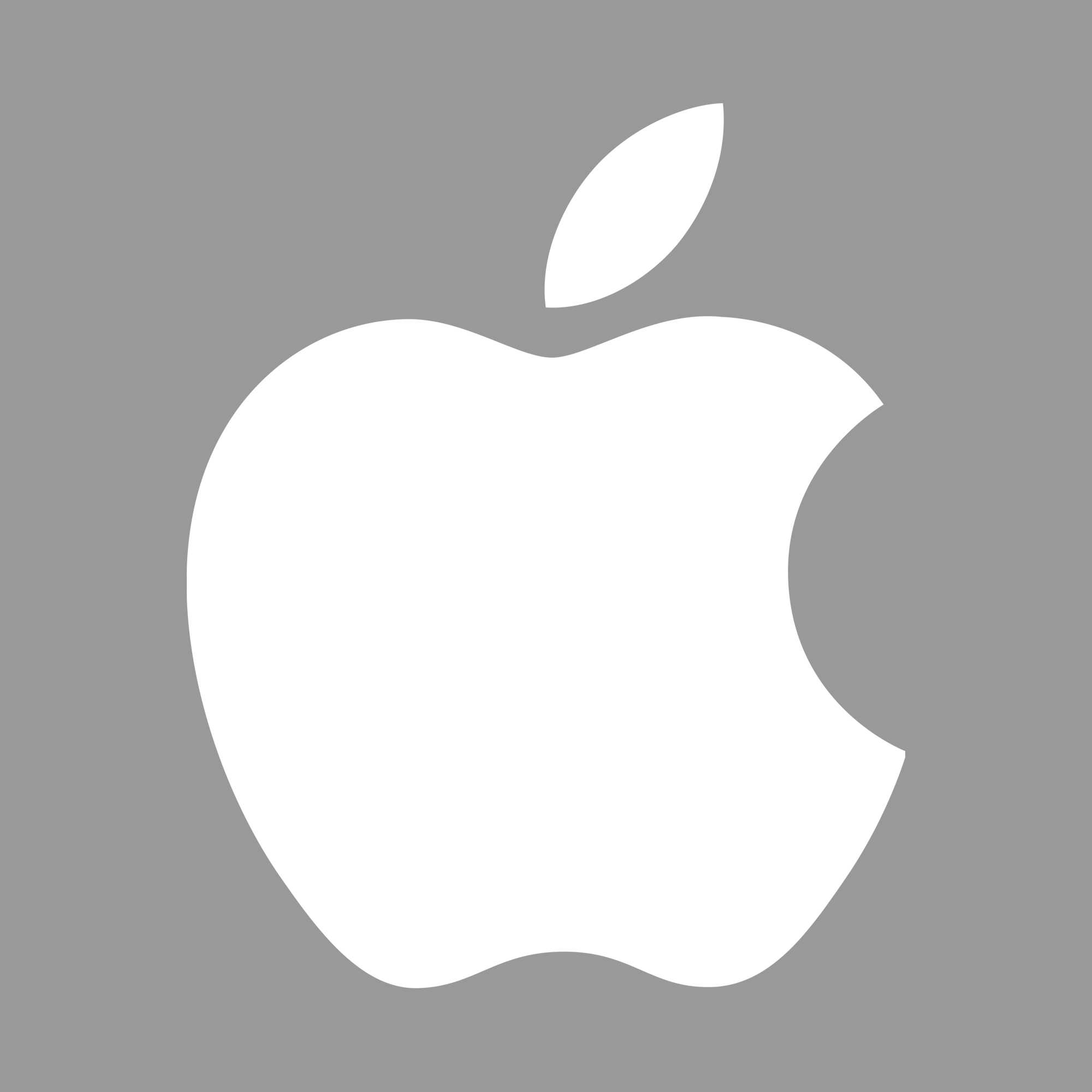
Back on May 2, Apple posted a job around “Buzz Marketing,” as reported in MacRumors (Apple Expanding ‘Buzz Marketing’ Team Focused on Product Placement).
I always find the lack of historical perspective on the Internet amusing, amazing and saddening. Apple was one of the first to place it products on television. Jerry Seinfeld’s apartment always included a late model , as I recall, mostly unused but always present, Macintosh. At the end of the show, Jerry even had a Twentieth Anniversary Macintosh (1997) – see above. For further images of Jerry’s various Macs see PC Magazine
Apple had a team that worked closely with Hollywood set decorators to place computers. It was the same team I worked closely with the in the early days of Apple, the team that provided me with a Mac II, a Mac IIci, a Mac Portable and various other devices. This continued while Apple was trying to establish its brand in various areas where I wrote, such as artificial intelligence and manufacturing. At one point I had a Macintosh IIx running a Texas Instruments LISP co-processor (double card NuBus boards, as I recall).
As Apple’s reputation and consumer brand grew, its outreach efforts were curtailed. Apple didn’t need to send free hardware out to get its name in a publication. The Apple name was now everywhere. Today Apple is the only hardware vendor who doesn’t provide me with review hardware when requested.

This new buzz marketing push, I think, reflects the growing use of technology in television shows (note the Microsoft Surface tablets, for instance, on Grey’s Anatomy and other shows). Apple products have often become the de facto cool toy for sets, however, they are often portrayed with their signature Apple logo covered with a sticker, or digitally removed.
Apple’a growth depends, as it always has, on appealing to people who don’t already own their products (they continue to have an outstanding track record for people replacing aging hardware with new models). Apple products may still demand a price premium, but to maintain that pricing power, the company must maintain not only the actual quality differentiation, but the perceived value. As the price of hardware decreases, Apple is under pressure to grow its share without sacrificing quality. This means they need to maintain superior perceived value. They must infuse the media, avoiding the stigma , of purposefully being hidden. Retail stores and advertising aren’t enough.
In the early days of computing, product placement wasn’t what it is today. Companies now pay for placement. If they don’t have a sponsor, then shows go generic, which explains the covered Apple logos. Nobody gets advertising for free these days, just because they have a good relationship with the prop department. Buzz marketing, as the name implies, will likely focus, however, on placements that don’t require advertising fees.
Apple once sent me new hardware about every six months, and I’m sure people across media had the same experience. I now buy new Apple hardware every six months, even though I don’t have an ongoing relationship with their press team. Perhaps that says much about why the company pulled back from using hardware as a tool of influence. If people with access to other hardware at low prices, or even for free, continue to spend money on Apple hardware, all is good with the world. Apple’s new buzz marketing effort will likely make their ubiquitous media presence more notable because, maybe some of those devices we know are from Apple will once again sport an Apple logo–but that will mean sponsoring, not just providing hardware. They would do well to reestablish their connections to the analyst and journalist community at the tier below nationally recognized pundits. Apple needs to keep in mind what every social marketer already knows: relationships are everything.
A special thank you to Apple’s K.W. for all your help with hardware during the Macintosh’s formative years!
